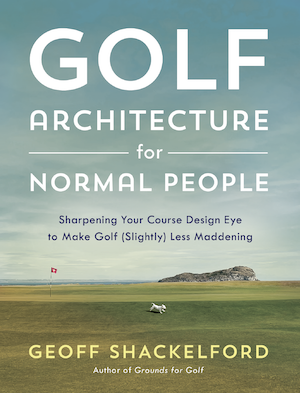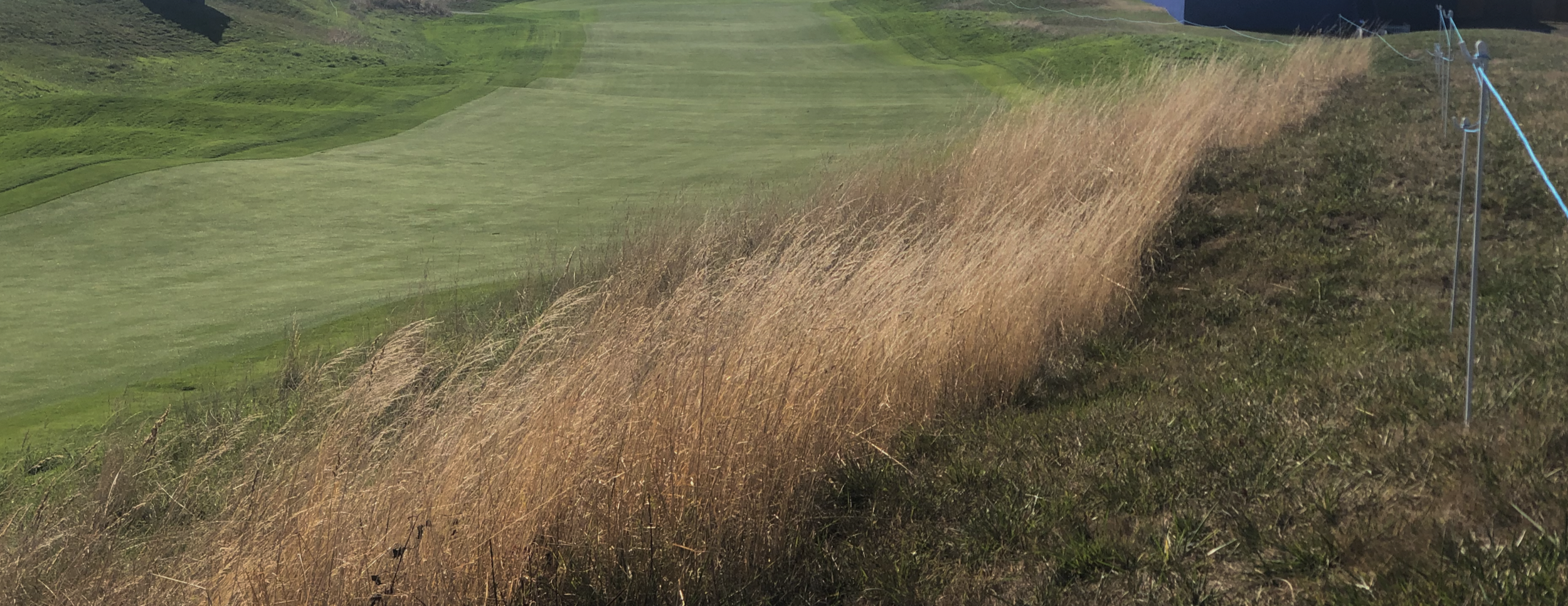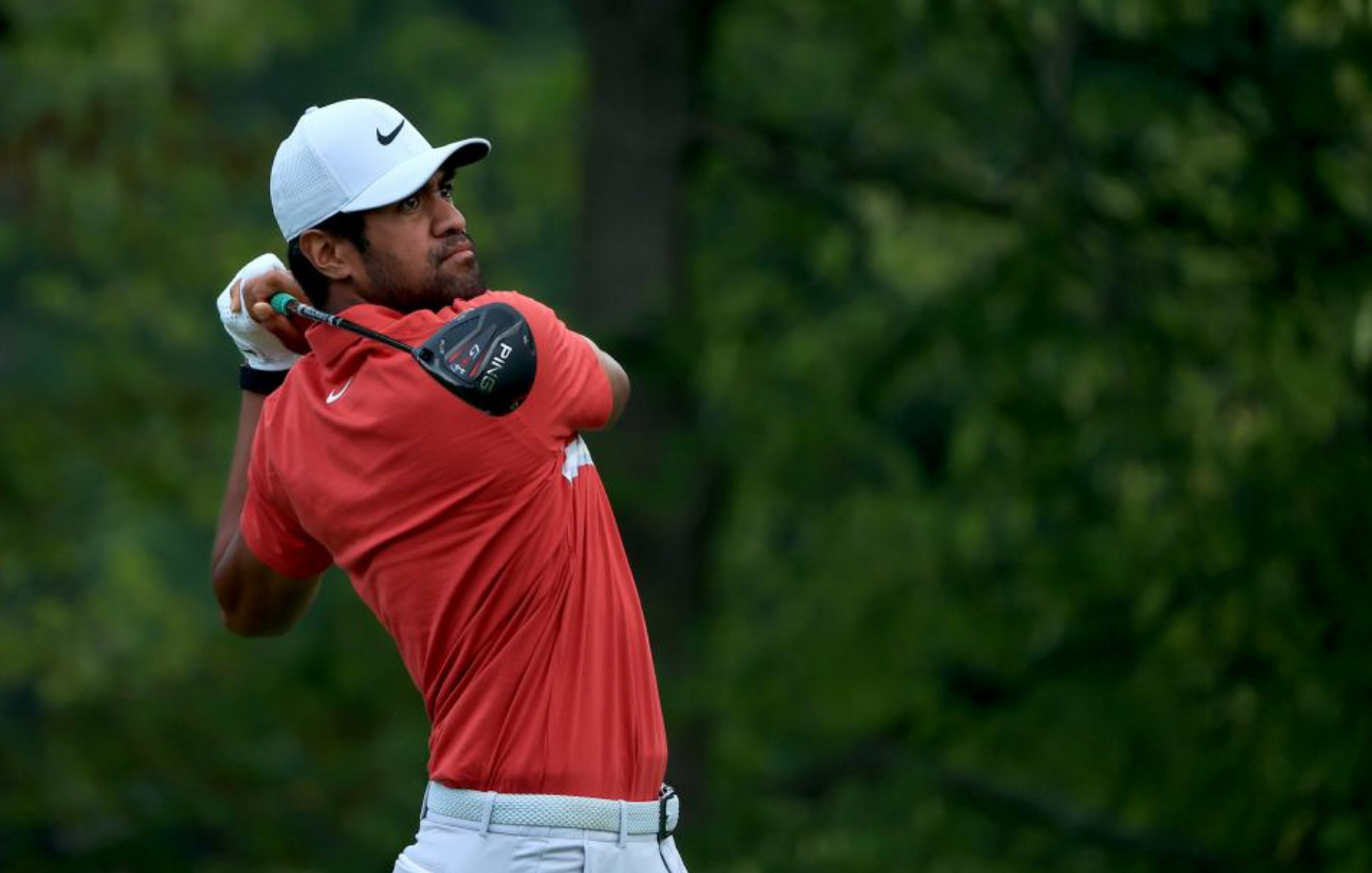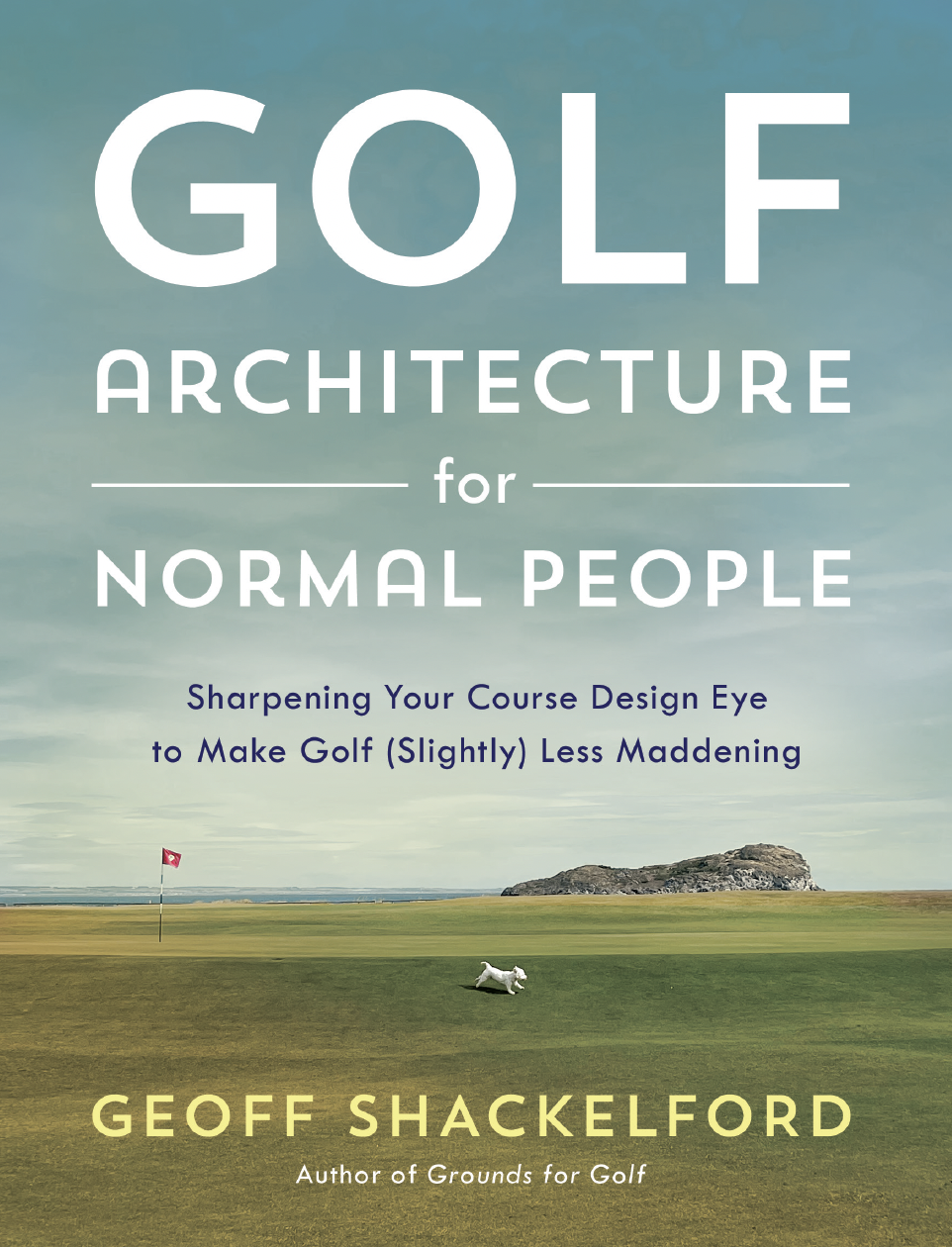How refreshing to see Bryson DeChambeau tackle a question about distance, equipment rules changes and Martin Slumbers’ recent remarks with both class and wisdom.
Many players might bristle or give signs of a narcissistic blow. Mercifully, DeChambeau is confident that the recent advantage he’s gained would likely remain if the governing bodies ever did something to lessen the role of technology over skill. He seems fine with any rule change and willing to take responsibility for adjusting to the rules. Many a lesser man would have taken all of this personally.
From today’s pre-Memorial Tournament presser:
Q. I wanted to ask, Slumbers talked about the fact that they're going to have to address what's going on, and you seem to be now the newest poster boy for this. Would you be upset if they rolled things back in regards to equipment because you've shown them that you can hit the ball as far as you can hit it?
BRYSON DECHAMBEAU: Hmm. No, I wouldn't. No matter what rules they give me, I'm going to try and do my best to maximize my athletic ability. They can't take working out away from me. I know that. At least as of right now. Whatever -- look, 1998 the COR test was put in stone where you couldn't have a certain number off the face, and they've used that ever since. It's now a CT test. The ball speeds coming off the face are what they are, and they really haven't changed that much. If anything, the clubs have gotten longer, the shafts have gotten stiffer, and we can swing it faster with more control. Back in the day, the shafts were a little more flexible, and LA Golf Shafts has provided me with a shaft that's super stiff, super stable and allowed me to swing at the speeds while retaining the same control with the face.
Yeah, it's a lot of work on my end, too, to gain strength and to swing it hard, to train. It's a lot of hard work. People don't realize how hard I've worked to get here. It's been working out for at least an hour every single day for the past five, six months, fixing my body when it breaks down. I have to go, okay, I've got to go fix my body and work out and train in the right way to be able to tolerate all these forces going through my body and out of my body.
So in regards to whoever is saying we're going to have to look at equipment, I've got no problem. I'm, again, just going to look at my game and how I can improve it in the best way possible, no matter if they roll the ball back there's still going to be a percentage difference. Even if it gets rolled back there's still going to be a gap. Whether it's closer now, it is what it is. I'm not really worried about it. I'm just going to keep trying to make those athletic gains so that I can be the best golfer that I can possibly be.
Commissioner Jay Monahan, who is on the record as pro-distance, was asked about DeChambeau and distance in his pre-Memorial session with reporters on hand. He mentions how DeChambeau disrupted himself (his bacon and milkshake supplier would concur) and then largely dances around the R&A/USGA position.
Q. Jay, two things. Obviously the discussion most of the time seems to be on COVID, but the other part of the equation has been a lot on the length of Bryson DeChambeau. I know that you've had what I assume is the policy in the past of saying you're very comfortable with the golf ball, where it's going, so forth and so on, but slowly but surely you're starting to hear the critics say, this is something that we have to address again. Just to confirm, what is your position on the length issue?
JAY MONAHAN: Well, my position hasn't changed. You asked really two questions. You raised Bryson, I think, what Bryson has done. Bryson was able to use the time off in a way that I don't think anybody could have envisioned, and what he's done has been remarkable, in a short period of time. I go back to what he accomplished at the Rocket Mortgage Classic, and there's a ton of focus on how far he's hitting the ball, and rightfully so, and how he has disrupted himself to be able to put himself in the best -- himself and his game to put himself in the best position to compete and to win, but look at his putting statistics, finest putting week I believe on TOUR this year, and to me it was a great demonstration of his skill.
As it relates to distance, I think the fact of the matter is that we always have looked at distance. We look at it over a longer term horizon, not in a short-term horizon, so if you look at our data right now, average driving distance is up slightly year to date, it's down relative to two years ago, and I think that the USGA and the R&A came out with their report, they issued that report, they said that they're going to work with their industry partners, including us, to identify solutions.
That process has obviously stalled. When it takes itself back up, we're going to be a part of that conversation and make certain ultimately that we represent what we think is in the best interest of PGA TOUR, our players and our fans.
But I think that any time you have a player that is doing what Bryson has done, I think it does call attention to driving distance. But I think you have to look at the manner in which he prepared himself to do that, and some of the remarkable things that he's doing in the process, some of which other players talked about over the last couple days
DeChambeau and Monahan’s sessions can be viewed here:

























